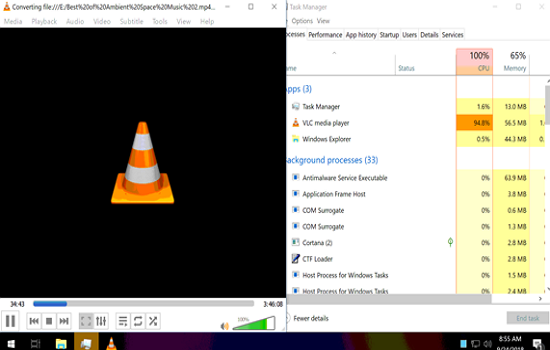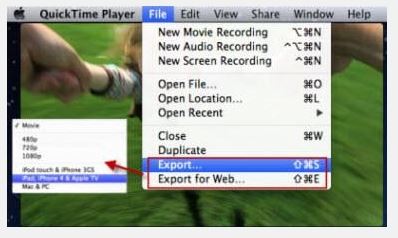

- MEDIA PLAYER FOR AVI FILES FOR MAC HOW TO
- MEDIA PLAYER FOR AVI FILES FOR MAC MOVIE
- MEDIA PLAYER FOR AVI FILES FOR MAC INSTALL
- MEDIA PLAYER FOR AVI FILES FOR MAC DOWNLOAD
The online help files are there for you to answer your questions. This is also a standard practice in forensic procedures.Īnother important aspect of Disk Drill is its help resources. It is safer, because if you make a mistake, it is done on a copy and not on the original source.
MEDIA PLAYER FOR AVI FILES FOR MAC HOW TO
How to Use Image Files to Recover AVI FilesĪs a good practice, you can first create an image file with Disk Drill, and scan it in search for your deleted files. That is all that you need to do for your AVI file recovery. A great feature of Disk Drill is that if you have many recovered AVI files this selection can be narrowed down by the use of filters, either by date or by size. Select the file that you were looking for from the results window, and recover it to a folder of your choice.Otherwise, you can also cancel the scan by clicking on “CANCEL”. If you want to pause the session, save it and return later, you can do so by clicking on the buttons “PAUSE” and “SAVE”.Disk Drill will scan the drive, looking specifically to recover AVI files. It will open a menu with different file types. Go to the main menu, and from the “Preferences” item select “Video”.

Disk Drill can recover AVI files from many different digital devices, such as internal and external hard drives, USB flash drives, iPods, iPhones, memory cards and more. Select the digital device that contains the file you are looking for.
MEDIA PLAYER FOR AVI FILES FOR MAC INSTALL
MEDIA PLAYER FOR AVI FILES FOR MAC DOWNLOAD
MEDIA PLAYER FOR AVI FILES FOR MAC MOVIE
With Windows 95, AVI files were introduced as Active Movie files and later modified into DirectShow files, also known as AVI 2.0. Matrox and others proposed an extension to AVI 1.0 called OpenDML, with ideas later incorporated in AVI files. With the appearance of FAT16, the maximum size was increased to 2GB, and later with FAT32 to 4GB. Its first version for FAT file systems was limited to 1GB, with pictures limited to 160 x 120 pixels and a maximum of 15 frames per second. These versions evolved in increased capacity, as the operating systems permitted larger file sizes.

Its history can be narrated by describing the different versions. Brief HistoryĪVI file format was created by Microsoft and introduced in 1992. As any RIFF file, it has a RIFF signature (hex: 52 49 46 46) at the beginning of the file.

The third sub-chunk, identified as idx1, contains indexes. The second sub-chunk is labelled movi and has the video and sound data. The first sub-chunk is labelled as hdrl, and functions as a file header, containing information about the video, such as width, height and frame rate. Each sub-chunk is identified by Microsoft’s FOURCC code. The structure of a RIFF chunk is as follows:ĭWORD ChunkSize /* Size of the chunk data in bytes */īYTE ChunkData /* The chunk data */Īn AVI file consists of a RIFF chunk, which is tagged as AVI (hex: 41 56 49 20), and it is divided into sub-chunks. Each chunk has a four letter ID that identifies the data contained in the chunk. Each data structure is called a chunk.Ī chunk contains data, such as a data structure, a data stream, or another chunk called sub-chunk. A RIFF file is a binary file format containing nested data structures.


 0 kommentar(er)
0 kommentar(er)
